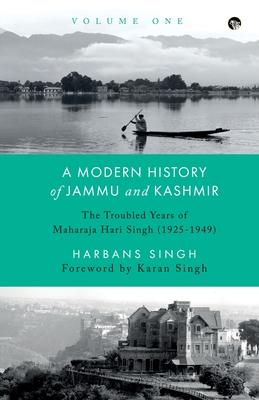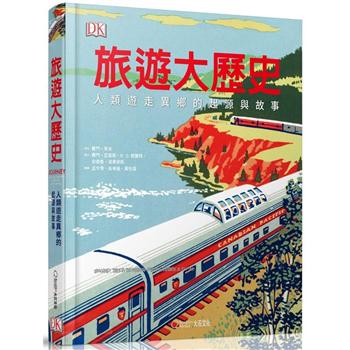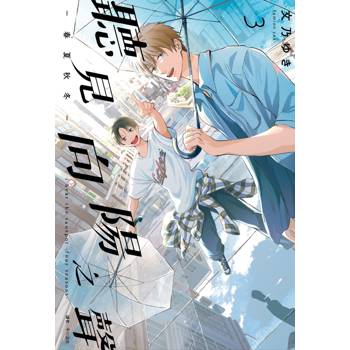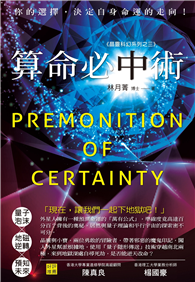The modern history of Jammu and Kashmir is often focused mainly on the
Kashmir valley, leaving out the other regions that make up the bulk of the
erstwhile Princely State. A similar limitation marks most discussions of the
rule of the fourth-generation Dogra ruler of Jammu and Kashmir, Maharaja
Hari Singh. After his inheritance of the throne in 1925, Hari Singh introduced
a number of progressive reforms-among them, programmes for girl
education, opening temple doors for Dalits and abolishing the exploitative
begar system of labour. However, contemporary historians look past these
reforms and focus only on the issue of the accession of the State to India.
At a time when the entire subcontinent was reeling from the shock and
violence of Partition, the Maharaja had to decide which dominion-India or
Pakistan-the State would join. How was he to choose where to put his trust,
especially after Pakistan-backed Pashtun tribals invaded the State and India
refused to offer military help? Was any decision possible that would appease
all-the Muslim majority of Kashmir, the Hindu majority of Jammu and the
Buddhist majority of Ladakh?
Those tumultuous times took a toll on Hari Singh during the final years of his
reign. Accession to India was not as easy as he had hoped, and pressurised by
Nehru and Sardar Patel, the Maharaja was forced to choose exile in 1949 and
spent the rest of his days in Bombay.
Harbans Singh’s A Modern History of Jammu and Kashmir, Volume One: The Troubled
Years of Maharaja Hari Singh (1925-1949) offers a more rounded history of the
State than most available scholarship. The first volume in a trilogy, this book
offers a strong and nuanced defence of the last ruler of Jammu and Kashmir
and is a valuable document in understanding its evolving history.










